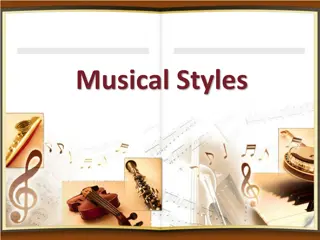Explore Music Note Reading and Australian Themed Activities
Delve into the world of music note reading with a focus on the Treble clef and Australian-themed activities. Learn to identify notes, decode musical phrases, and even try your hand at writing your own musical story. Dive into the iconic Australian folk song "Waltzing Matilda" and explore playing chords on instruments like the Ukulele or piano.
Download Presentation

Please find below an Image/Link to download the presentation.
The content on the website is provided AS IS for your information and personal use only. It may not be sold, licensed, or shared on other websites without obtaining consent from the author. Download presentation by click this link. If you encounter any issues during the download, it is possible that the publisher has removed the file from their server.
E N D
Presentation Transcript
Music Note reading and Australian themed activities
Music is a universal language! Being able to read musical notes will mean you can communicate musically with anyone in the world! So let s learn the names of the notes and begin do develop our ability to read the notes of the Treble clef. There are some handy rhymes to remember the notes on the lines and the notes in the spaces
https://www.musictheoryacade my.com/how-to-read-sheet- music/treble-clef/ Visit this website and read about the notes of the treble clef. Try the 10 question quiz at the bottom of the website page. These are the notes we use when playing boomwhackers and piano. They are also the notes that make up our Ukulele chords so it s good to know what they look like!
Extension Activity note names Try and write your own story using full sentences and some Musical words. Remember, you can only use ABCDEFG for the musical words. For example: Oneday I went to a CAF with my DAD. He ordered an EGG You may like to write your story on the manuscript paper provided (see next slide) manuscript paper has the 5 lines of the music stave ready for you to write your notes in.
Australian Folk song Waltzing Matilda To help connect to the Australia theme this week have a go and writing the names of the notes to a famous Australian folk song, Waltzing Matilda. The musical notes are provided so all you need to do is name each note underneath. If you have a piano or another pitched instrument, you may like to try and play the melody. If you have a tablet or a smart phone you could download a free musical keyboard app and have a go at playing it on that too!
Extension: Waltzing Matilda chord part If you have a Ukulele or a guitar or piano, try playing the chords to accompany the melody. You will see a separate PDF with the lyrics and chord diagrams. As you can see in the music, there is an easy version with just 3 chords: C, F and G7 (G will also work). The chord name (C/F/G7) will be written above the lyrics. You can find examples of the song on YouTube too, just search for Waltzing Matilda.
Rhythm If you have been following the rhythm tasks online, including body percussion activities, you may have already had a go at composing your own rhythms or beat grids . If not, then perhaps you could try it now!! We will use Australian Animals to help to inspire our compositions. All you need is a pencil, a rhythm grid (see next 2 slides) and your hands to clap the rhythms. Firstly, we choose our animals. Perhaps you will choose Kangaroo or Koala, or Rock Wallaby or Great White Shark?! Next, we need to figure out how many syllables there are in each word. We will clap each syllable. For example, Kangaroo has 3 syllables. We would organise them as Kang a roo Have a look on the next slide to see an example of the different rhythms we could create. The X is the sign for a clap. If you see 2 X in one box (XX) then they are shorter sounds, that occupy 1 beat. Whereas if there is only 1 X in the box, then it is a longer sound and lasts for the full beat. On the final slide you can have a go at composing your own rhythms!



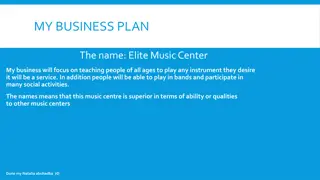
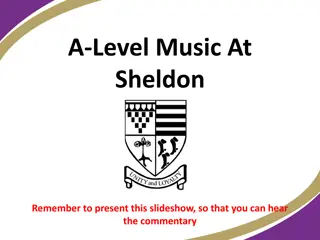
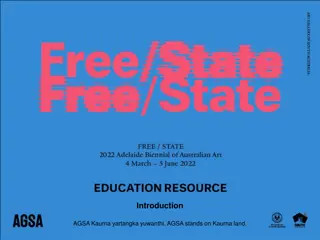
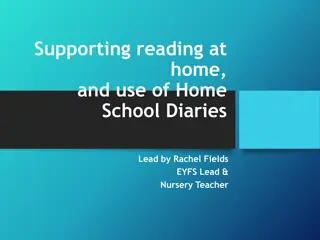

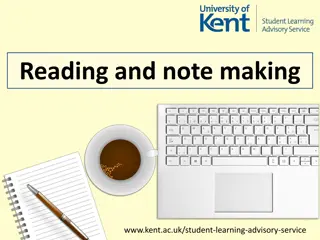
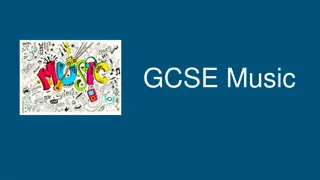
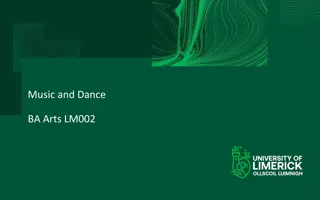
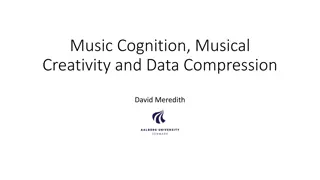

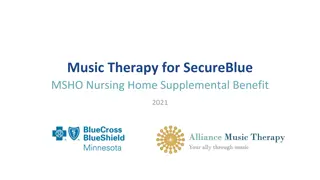
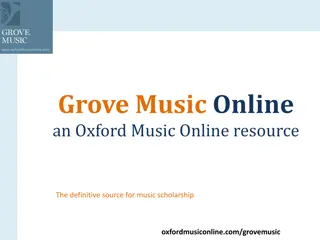
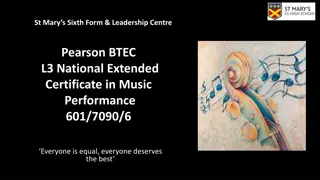
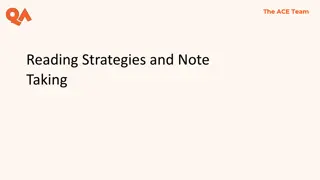
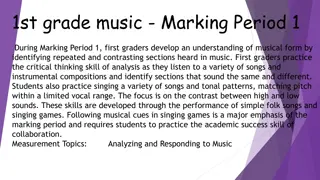
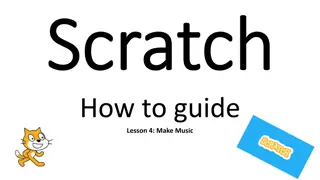
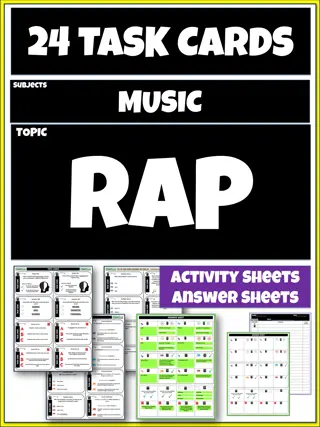
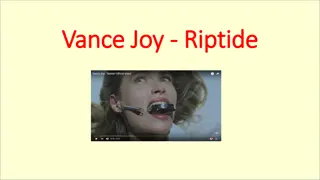
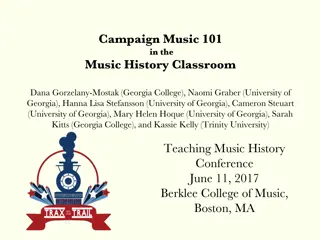
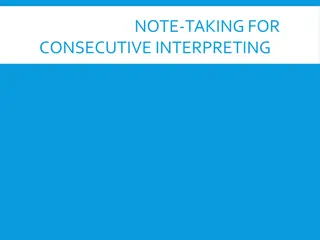
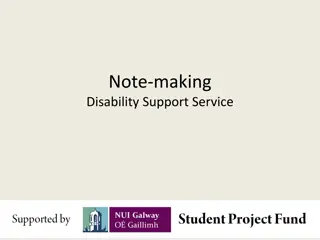
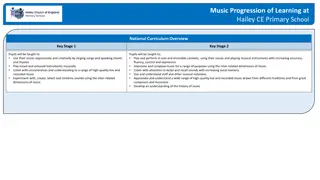

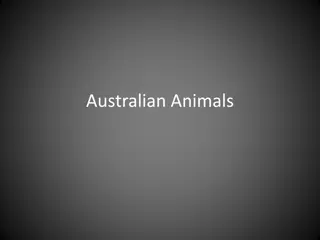
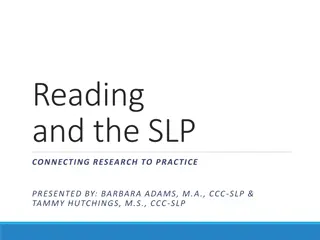


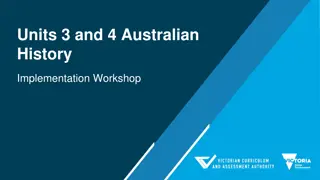

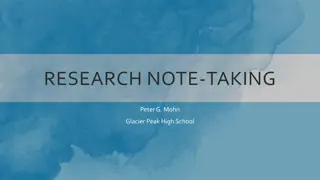


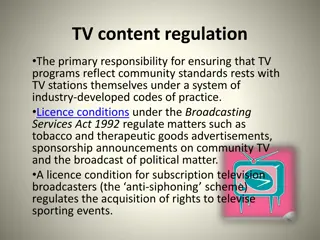
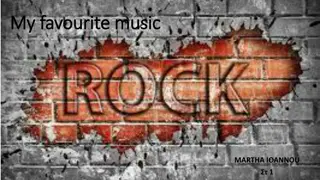
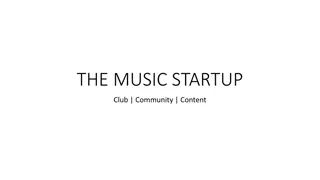
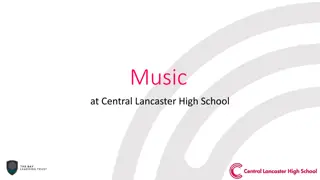
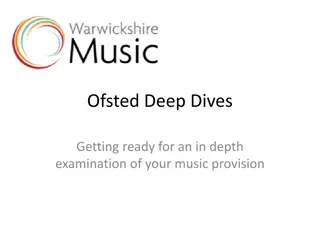
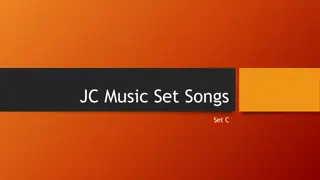
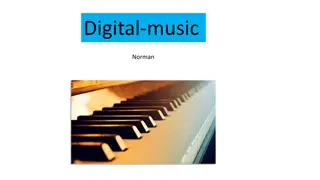
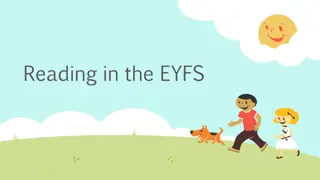
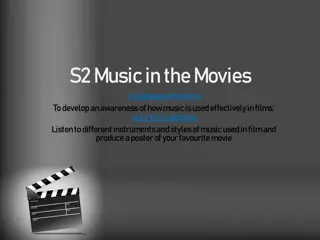
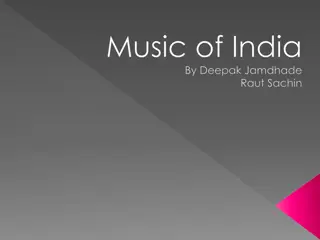
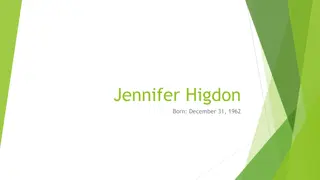
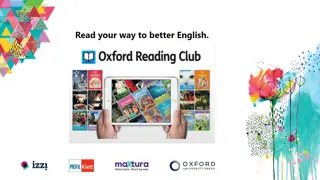
![Explore the Exciting World of Live Music Through [Insert Town/City] Census!](/thumb/148894/explore-the-exciting-world-of-live-music-through-insert-town-city-census.jpg)
